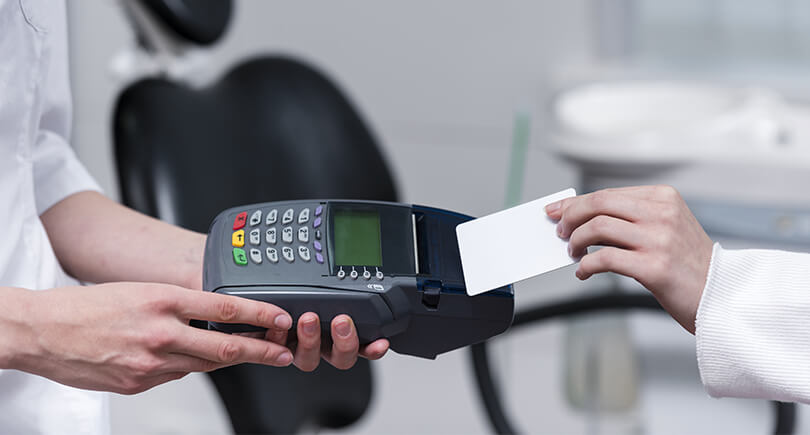Introduction:
Over the last few decades, the U.S healthcare payment systems were still following the traditional methods. However, technologies like cloud computing paved the way for faster and more effective payment and reimbursement. Earlier, the paper-based process often resulted in payment denials or failures due to medical billing and coding errors. Technology changed the whole process in different ways, such as by integrating electronic health records into medical billing software.
Healthcare payment systems are witnessing a paradigm shift with technology. Changing consumer expectations and needs have triggered the change. A recent study highlighted that nearly 65% of health consumers prefer healthcare providers with an enhanced digital health payment system. Moreover, healthcare organizations are keen on adopting seamless technology to accelerate the payment process.
Besides, healthcare providers are also benefitted from technology-based payment management systems. From higher ROI to increased patient engagement, healthcare payment solutions ensure financial stability to organizations. Healthcare payment systems even streamline the tasks in practice management.
Factors Affecting Technology Implementation in Healthcare Payment Systems
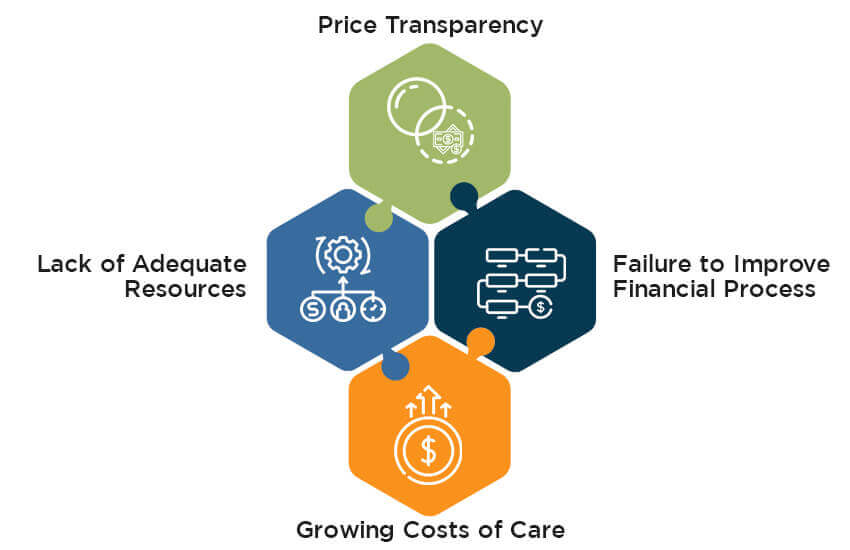
Technological transformation in healthcare payment systems creates opportunities to improve the healthcare revenue cycle. However, healthcare organizations experience major obstacles in implementing technology in healthcare payment system software solutions.
- Price Transparency- The lack of price transparency in healthcare payment system software solutions affects the implementation of any tech tools. Today patients are consumers in the healthcare environment. They even understand their financial responsibility too. This will improve the patient engagement systems of the organizations as well. Besides, price transparency helps patients choose the best payment portal and implies possible solutions to reduce costs. If healthcare providers introduce price transparency, healthcare payment systems will surely improve with better returns.
- Failure to Improve Financial Process- Some healthcare organizations, especially those wanting online payment transactions, lack a proper financial improvement process. Healthcare management can fail to empower patients and work collaboratively in the healthcare ecosystem without an economic improvement process. Moreover, providers need a financial improvement process to decide the right technological tools and solutions.
- Lack of Adequate Resources- The most common factor affecting the technological implementation of healthcare payment systems is inadequate resources. Without IT support or an efficient software vendor, healthcare organization often fail to upgrade their healthcare payment systems. This eventually impacts their revenue cycle and business sustainability. So, health providers need to decide wherein the technology transformation in healthcare payment systems improves its operational flow.
- Growing Costs of Care-This is one of the most pervasive issues plaguing healthcare in the United States. The spending on healthcare crossed $3.5 trillion and is still growing. This has prompted policymakers, providers, and payers to adopt technologies to reduce costs and even introduce transparency. Additionally, the growing push towards value-based care has created a need for innovative healthcare payment systems. This represents a major shift in the entire medical industry since payment management systems would need to adapt to the necessity.
Current Technological Trends in Healthcare Payment Systems
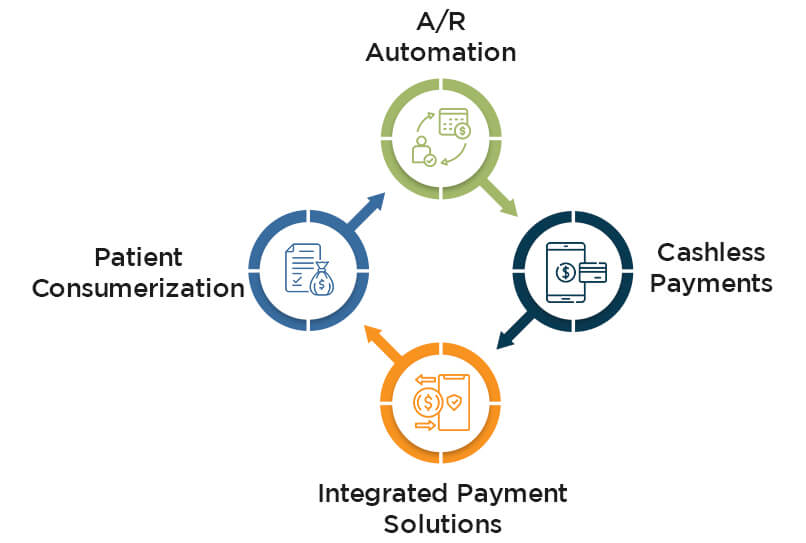
The payment management system will improve complicated healthcare payment and reimbursement processes in the coming years. Leaders pointed out some of the major technological trends in the healthcare payment system.
- A/R Automation- Technology like healthcare automation offers streamlined workflow. Even in the healthcare payment system, leveraging automation technology will simplify and boost the processes. Today, most healthcare providers still do the A/R process manually. It consumes time, money and even has errors. So, A/R automation is the solution that can mitigate the issues in manual A/R documentation. With A/R automation, providers will take less time to process payments and minimize errors and workflow. Integrating A/R automation in the providers’ ERP system will help them send invoices to patients and receive payments via some online portals. So, today’s payment software solutions providers must consider this trend when designing a healthcare payment system.
- Cashless Payments– The onset of Covid-19 has changed the processes and services delivery in the healthcare sector. Even healthcare billing and payments are shifting from manual to cashless, contactless payments. Moreover, contactless payment methods save time and paper. Several providers include the option card-not-present in their patient payment solution systems. When visiting the provider, patients have to fill in their credit card details on the provider’s digital portal. Some clinics even accept payments from digital wallets like Google Pay, Amazon Wallet, and more. Besides, providers need to ensure the security and safety of these online transactions, as these are prone to cyber threats. Opting for HIPAA-compliant solutions for healthcare payments promises security and safety of the process.
- Integrated Payment Solutions– Today’s medical organizations rapidly adopt integrated healthcare solutions to ensure better quality care and profitability. Healthcare payment vendors offer integrated payment systems to make transactions easier and seamless. Integrating card option and ACH payments in the healthcare payment software solutions also add value to the practice. Besides, independent software vendors developing healthcare payment software solutions ensure integrated costs, including other patient benefits. But the most significant advantage of integrated payments is reduced expenditure in the payment process.
- Patient Consumerization– A recent survey highlighted that nearly 67% of patients want to know the cost of care before consulting their physician. Today, patient financial responsibility is also growing. Patients expect more transparency and predictability in medical billing to have some idea of the cost of services required. Moreover, providers also need clarity on the payment for healthcare services. With technology, this trend of price transparency is possible in medical billing and payment processes. And such a payment trend can improve population health management tasks too.
Benefits of Technology in Healthcare Payment Systems
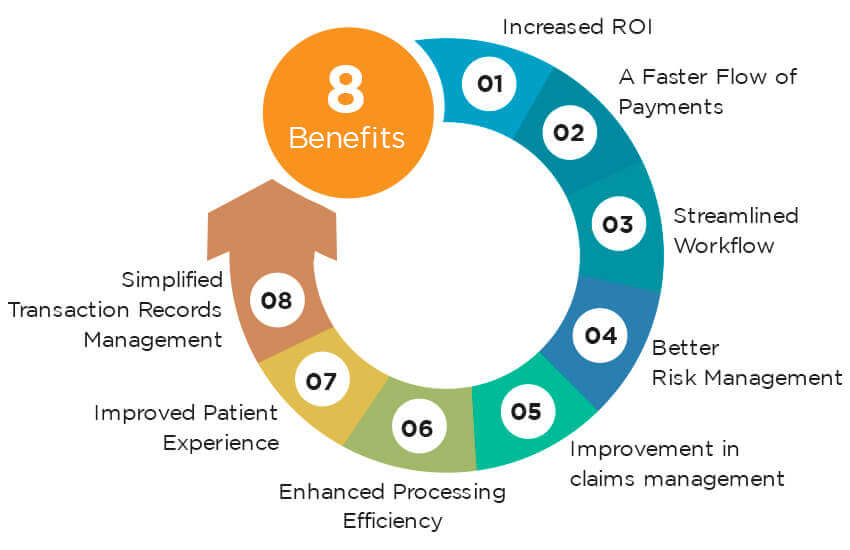
The technological transformation in healthcare payment systems benefits providers in many ways. Whether it’s integrating EHR in health payment systems or some other tech tools, advanced health care payment systems are the future of a company’s revenue cycle.
1. Increased ROI- Payment methods in health care have changed a lot with technology deployment. It accelerates the payment process, so providers end up saving more. The lesser the billing errors and denials, the more is the providers’ ROI.
2. A faster flow of payments- Healthcare payment software solutions boost payment flows with the proper technological intervention. However, providers implementing technology-driven healthcare payment software need to ensure error-free documentation for faster processing. For this, providers need to provide accurate medical records management. Further, providers can employ effective healthcare analytics solutions to extract real-time critical data without any hassle.
3. Streamlined workflow– When providers integrate technological tools in payment software solutions, the whole process is streamlined. Staff burden is reduced, and the process turns fast. With the streamlined workflow, the billers and payers are also relaxed about the safety of the payment. Moreover, providers can streamline other workflows in practice by leveraging healthcare interoperability.
4. Better risk management– One of the major benefits of a healthcare payment system is eliminating critical risks involved in transaction processing. Technological tools with HIPAA compliance improve the risk factor in the healthcare payment software.
5. Improvement in claims management- Technological tools in healthcare payment software solutions eliminates errors in billing and coding, which manages and speeds up claim approvals. Moreover, providers can integrate medical informatics solutions to accurately collect data and fill it in health payment systems.
6. Enhanced Processing Efficiency– Health care payment systems with tech tools assure increased processing efficiency and speed. Technology drives automated data entry and reporting, improving information accuracy and even lowering processing costs. However, providers need to keep track of accurate data transfer. So, integrating EHR in the healthcare payment software will ensure seamless electronic data exchange for precise data entry and reporting.
7. Improved Patient Experience– Health payment systems facilitate fast, easy, and convenient payments. Patients can use a smartphone application and complete their medical payments in under a minute. This makes it simple and hassle-free for all stakeholders, especially the patients. As a result, they would always choose providers that offer the best digital payment methods in health care.
8. Simplified Transaction Records Management– Digital healthcare payment systems let patients pay online or through smartphone applications. This ensures a record of every payment made by every patient. A complete detailed record of patient payments enables individual providers and hospitals to track their revenue cycles better and derive actionable insights. The ability to assess transactions using healthcare payment processing will help payers and providers manage their costs. Additionally, a healthcare payment system would enable patients to view and track their payment history and be aware of their spending.
Health Payment Systems and Telehealth
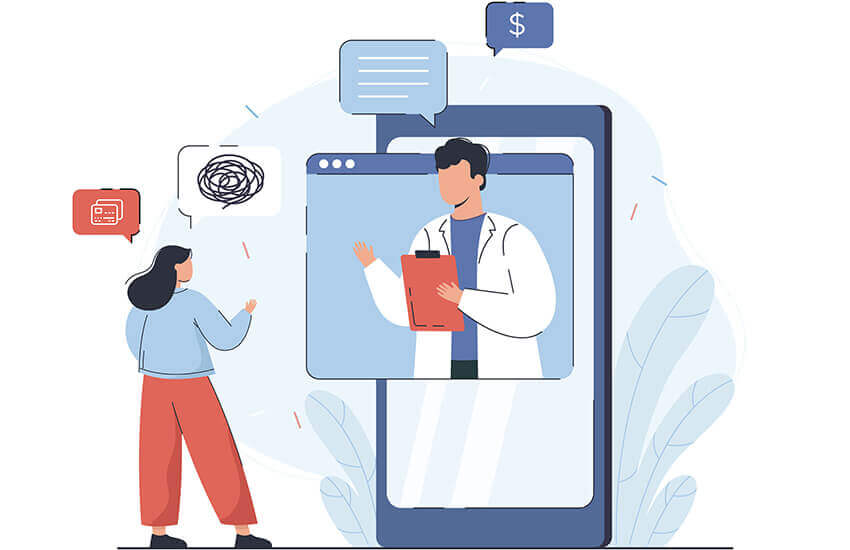
Telehealth is one of the fastest-growing trends in the healthcare industry. It uses digital and telecommunication technologies to access or provide healthcare services remotely. Patients can use the relevant software or mobile application to book appointments and have consultations virtually from a remote location. This is highly beneficial for people who cannot travel because of transportation difficulties or restrictions imposed during pandemics. A suitable healthcare payment technology is vital to enable patients to pay for services.
Incorporating payment software solutions within a telehealth platform will enable patients to avail of the necessary medical services and pay for them online. The ability to pay online through a telehealth platform will encourage more people to adopt it. Additionally, such healthcare payment systems will enable providers to get paid reliably for the services they render. For telehealth revenue cycles to become as steady as that from clinical visits, providers need to adopt suitable healthcare payment technology. Simply put, digital healthcare payment systems are vital for the faster adoption and implementation of telehealth systems.
Role Of Healthcare Payment Systems Data Security
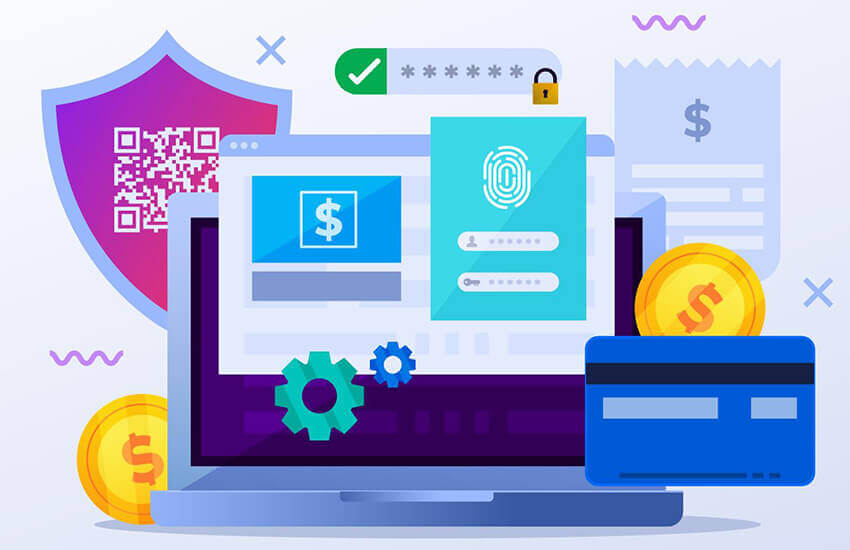
Digital security has grown to become a major concern when it comes to healthcare. Patients’ data has become a lucrative target for fraudsters and unscrupulous individuals looking to exploit vulnerabilities. In light of this, healthcare payment solutions and their corresponding payment management systems provide a secure means of accepting medical payments and managing the relevant information. The IT infrastructure involves a secure repository for storing all patients’ financial information and even processing them for insights.
Regulations like HIPAA ensure that healthcare payment solutions possess adequate security and data integrity. Loss or corruption of this data would lead to administrative burdens and problems in revenue cycle management, alongside legal liability. In summary, implementing payment software solutions maximizes the security of patients’ medical payment information. These solutions help providers adhere to HIPAA regulations better and, in doing so, serve their stakeholders better.
Healthcare Payment and Reimbursement Systems and Their Place in the Future of Healthcare
The healthcare industry is in the midst of changes, the effects of which we might only see by the end of this decade. The industry is adopting technology solutions rapidly, and newer innovations promise to increase that pace. But the adoption of novel solutions must also result in patients being able to use them without too much acclimatization.
Increasing digitization in healthcare will invariably lead to the expansion of telemedicine, home care and the increasing footprint of AI. Moreover, the growing cost of care has resulted in a rising push for a shift over to the value-based model of reimbursements. Additionally, the rise and proliferation of IoT-based devices will certainly lead to the growth of remote patient monitoring (RPM) systems. On the patient’s side, adopting these technologies relies on user-friendly digital payment for healthcare services.
Digital remote payment applications make patients and providers easier and more convenient. Patients can pay for telemedicine, home care, and remote patient monitoring-based services without going to the clinic physically. Incorporating a health payment system with telehealth and RCM platforms will help more people access these services. This can be especially true for mental healthcare. Many people in the United States live in places without a single mental healthcare provider. But telemedicine platforms with digital healthcare payment systems will enable more people across the country to receive the care they need and pay for it remotely, from the privacy of their homes.
Additionally, remote care systems are touted as a viable solution for the absence of caregivers for aging seniors. Such systems’ effectiveness depends on the effectiveness of healthcare payment software solutions. Seniors living at retirement homes and assisted living communities can avail the care they need and pay for it without hassle.
It seems to be all but certain that the future of healthcare involves telemedicine as well as RCM (remote patient monitoring) powered by IoT and artificial intelligence (AI). For the benefits of these technologies to permeate to all stakeholders, a convenient mode of payment needs to become mainstream. This is why online healthcare payment systems have an irrefutable place in the future of the healthcare industry. They boost the adoption of newer technologies.
Conclusion
Today, healthcare payment systems are improving providers’ efficiency and savings with evolving technology. Although the challenges of implementing technology are many, it simplifies the workflow and makes payment processing a super easy job. As a provider, opting for personalized and customized health payment software solutions is a smart move. Customized payment software offers solutions for organization-specific barriers and problems. The future of healthcare payment systems holds effective technological tools that boost processing and delivery. Moreover, leveraging technology will also facilitate their overall practice management and operations, benefiting providers and patients.
OSP is a trusted software development company that delivers bespoke solutions as per your business needs. Connect with us to hire the best talents in the industry to build enterprise-grade software.

How can we help?
Fill out the short form below or call us at (888) 846-5382
Looking for software solutions to build your product?
Let's discuss your software solutions for your product in our free development acceleration call!
Get In Touch arrow_forwardDiscuss Your Project Handover with a team of expert Book a free consultation arrow_forward
About Author

Written by Riken Shah linkedin
Riken's work motto is to help healthcare providers use technological advancements to make healthcare easily accessible to all stakeholders, from providers to patients. Under his leadership and guidance, OSP Labs has successfully developed over 600 customized software solutions for 200+ healthcare clients across continents.







